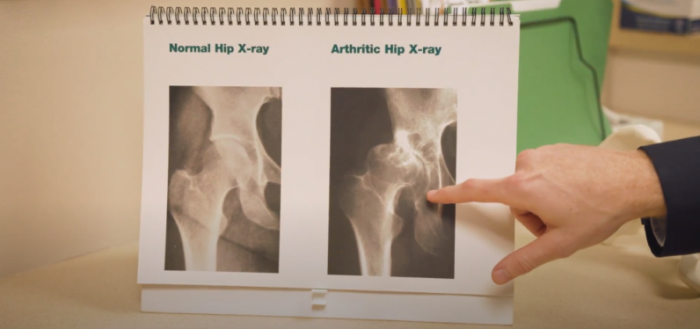
Are you experiencing Anterior Tibialis Tendonitis?
- Deep achy pain on the inner front of the ankle?
- Loss of motion at the ankle?
- Ankle weakness?
- Swelling on the inner front of the ankle?
- Increased pain in your ankle with increased activity?
These symptoms can be a result of Anterior Tibialis Tendonitis. A condition not very well known, but one that can have lasting affects if not properly diagnosed and treated.
The muscle that runs down the front of your shin is called the Tibialis Anterior muscle. This muscle works together with your Anterior Tibial tendon, located on the inner-front of the ankle to help your foot flex upward. This muscle and tendon rely on one another for proper foot and ankle function. When the muscle and tendon stop working together because of overuse or a traumatic ankle injury, Anterior Tibialis Tendonitis may occur.
Another condition that can occur in the ankle is Drop Foot. Drop Foot, also known as Foot Drop, can be caused when the Anterior Tibialis muscle and tendon stop working all together. Those with this condition experience difficulty lifting the front part of their foot, or their foot and toes drag on the floor when they walk. In most cases, this condition is treatable by addressing the underlying medical condition causing it.
In this short video, Dr. Anthony Hinz, orthopedic surgeon at The Center, goes further into explaining the cooperative relationship between the Tibialis Anterior muscle and tendon.
VIDEO TRANSCRIPTION:
“…When we think about muscles in the leg and the foot and ankle, we think about the anterior tibialis as being the oppositional muscle for the calf. So, when we talk about the upper arm, we think about biceps and triceps and when we talk about the upper leg, we talk about hamstrings and quadriceps. For the calf muscle, the oppositional muscle is the anterior tibialis. It is a muscle that goes down the front part of the leg, just lateral to the shin bone. It is part of the complex of muscles that helps pull the ankle up.
If you are having swelling in the front of the ankle or along the instep of the foot, and it’s painful to go up and down stairs, stand, or walk, you could have this condition. Diagnosis involves a combination of both the history and the physical exam. Sometimes this tendon, if it becomes really inflamed, can necessitate further treatment such as immobilization. So, we can use simple things, like activity modification versus getting a little more in-depth and potentially putting people in splints or walking boots or some sort of lightweight ankle support orthosis, an ASO brace, and then maybe recommending some physical therapy. Sometimes swelling and pain in this tendon can be a harbinger of worse things to come such as a tendon rupture. Thankfully, this is very uncommon. A tibialis anterior rupture would almost invariably result in what we call foot slap or foot drop.
Often patients that have had a rupture and may not be aware of it will have the sensation that when they’re walking their foot slaps against the floor and they have a hard time picking it up and down. It can be repaired if it’s caught early, but it’s oftentimes a tendon injury that is frequently missed, particularly by primary care providers and ER physicians, because it’s hard to identify as a potential injury. Thankfully, it’s very uncommon and the more common thing is to develop tendonitis or irritation/inflammation around the tendon. As I said, we can treat this oftentimes with very simple measures such as immobilization, icing to some degree using over-the-counter anti-inflammatory therapy, or friction massage, oftentimes with ice. Then contrasting that with moist heat is often sometimes helpful. For the most part, this is a reversible condition, but there are times when there are significant degenerative changes in the tendon that can necessitate more elaborate surgical approaches, but that’s pretty rare.”
Who’s at Risk of Developing Anterior Tibialis Tendonitis?
- Runners are known to experience symptoms because of the overuse and repetitive strain on their ankles and feet.
- Athletes in any other sports that require repetitive use of the feet and ankles, such as soccer.
- Those in any work environment that require performing activities of a repetitive or forceful nature, like walking up and down stairs.
- Someone who has experienced a sudden trauma or an accident to their ankle.
- Patients with rheumatoid or osteoarthritis may be at higher risk.
Click here to learn more about the diagnosis and treatment of Anterior Tibialis Tendonitis.





